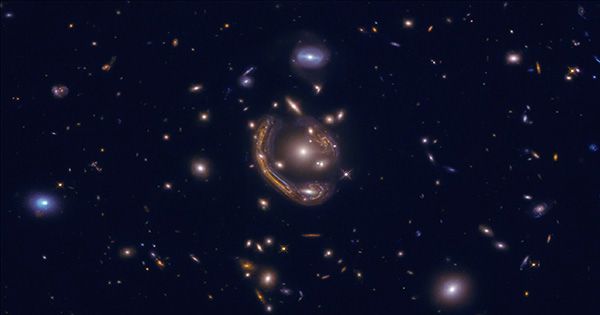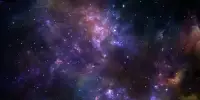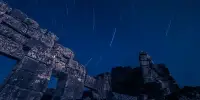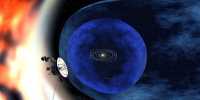To understand the process of their formation, astronomers have combined images from three of the world’s greatest telescopes. The images they create will be the basis of future research into why they created some locations and no one else and created a feast for the eyes of the rest of us. The stars that condense large gases are well known, as they can start the annoyance process from nearby objects. Yet, the details of something seemingly so simple remain surprisingly vague.
We can observe Starter nurseries in our own galaxy and among others in the local group, but we only see snapshots of a process that took millions of years. The European Southern Observatory combines the power of its impossibly large telescope (VLT) and Atacama Large Millimeter / Submillimeter Array (ALMA) with the Vantage Point of the Hubble Space Telescope to test 90 wavelengths of different wavelengths, including previously impossible resolution.
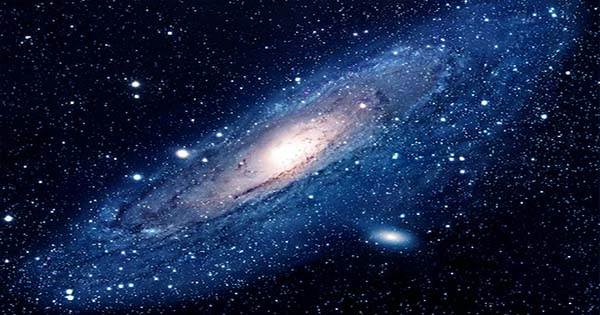
“For the first time, we are addressing the unique units of star formation in a pattern that represents a wide variety of galaxies,” ESO Professor Eric Mselem said in a statement. We witness their evolution through different stages.” To highlight the hot gas around the newborn star, MCLM and colleagues from 30 organizations filtered VLT images, showing where they are forming in galaxies.
Frequent cold gas clouds then brightened where the ALMA images of the same galaxy were merged. Between the two we see that they grow in contrast to the places where they are made where there is plenty of raw materials to make stars, but the process has not started. “Stars are born more often in certain regions of galaxies – and if so why? And how does their evolution after the birth of stars affect the formation of new generations of stars?” Dr. University of Heidelberg. Katherine asked Crackell.
Together, said Dr. Francesco Belfier, a member of the INAF-Arcetri team in Italy; they were able to take; “Large-scale images look like individual clouds, stars, and nebulae for the first time”. In order for our brains to understand what we see, radiations at much longer wavelengths than the capacity of the human eye are transferred to certain colors, while images taken in visible light represent others.
